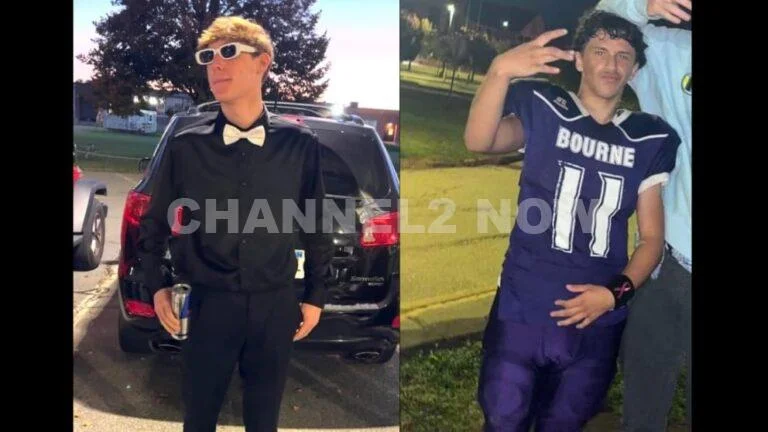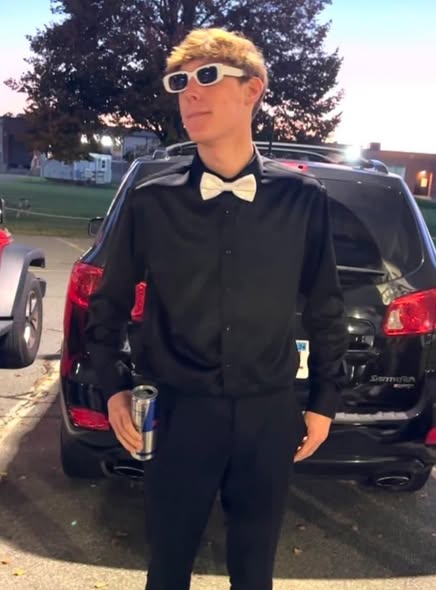Just after 2 a.m. on Saturday, November 1, 2025, a fire-alarm pulled on the fourth floor of the Harvard Medical School’s Goldenson Building in Boston’s Longwood Medical Area marked the start of a chilling incident that had campus officials, federal agents and local police scrambling. Thankfully, no one was hurt—but by Tuesday morning, two Massachusetts men were under federal arrest in connection with what investigators believe was an intentional explosion.
The two arrested—18-year-old Logan David Patterson of Plymouth and 20-year-old Dominick Frank Cardoza of Bourne—were charged with conspiracy to damage property by means of fire or an explosive. According to the criminal complaint, they visited the area for Halloween festivities and made their way toward the building in the early morning hours wearing face coverings.


Video surveillance showed them lighting what appeared to be a roman-candle firework outside the building around 2:24 a.m., then climbing a chain-link fence and scaffolding to reach the roof of the Goldenson Building. Minutes later—at roughly 2:45 a.m.—an explosion inside a wooden locker within a fourth-floor neuroscience research lab triggered alarms.
Campus police who responded found no one inside the area of detonation and later reported that two individuals were seen fleeing the building through an emergency exit. The Blast scan of the building found no additional devices, and a structural inspection confirmed the labs and equipment remained intact. At the Tuesday press briefing, U.S. Attorney Leah B. Foley noted that while the intentional nature of the blast was understandably alarming, investigators believe there is no ongoing threat to the campus or surrounding community.
Federal Bureau of Investigation Special Agent in Charge Ted E. Docks didn’t mince words: “Setting off an explosive device inside a locker at an institution dedicated to education and research is not a prank—it’s reckless, it’s dangerous, and it’s a federal crime.” Officials say that once surveillance and campus camera footage was reviewed, images of the suspects were released, and members of the public helped identify the men, enabling the arrests this week.
Digging deeper into the timeline, court documents allege that after the explosion, one suspect removed distinctive clothing (including changing pants) before fleeing, while the other headed to a dorm on the nearby Wentworth Institute of Technology campus, charged his phone, then re-joined the other. On Monday the building reopened, with heightened patrols in the area—again confirming that investigators found no structural damage and all research equipment remained fully operational.
Though the two men face serious federal charges—with possible prison time, supervised release and hefty fines—the motive remains unclear. Neither Foley nor Docks provided further insight during the news conference, only stating that the investigation is ongoing and further charges may be possible.
For the Harvard community and Boston as a whole, this Saturday-morning blast serves as a wake-up call: what might outwardly look like a college prank carried the risk of catastrophic consequences. Because university labs full of sensitive equipment and critical research weren’t designed with a ‘firework locker’ in mind, the fact that no one was injured is lucky—but luck alone doesn’t replace the need for vigilance. The case now moves to federal court, and all eyes will be on how these young men’s actions are weighed against the backdrop of higher-education security, public safety, and accountability.




